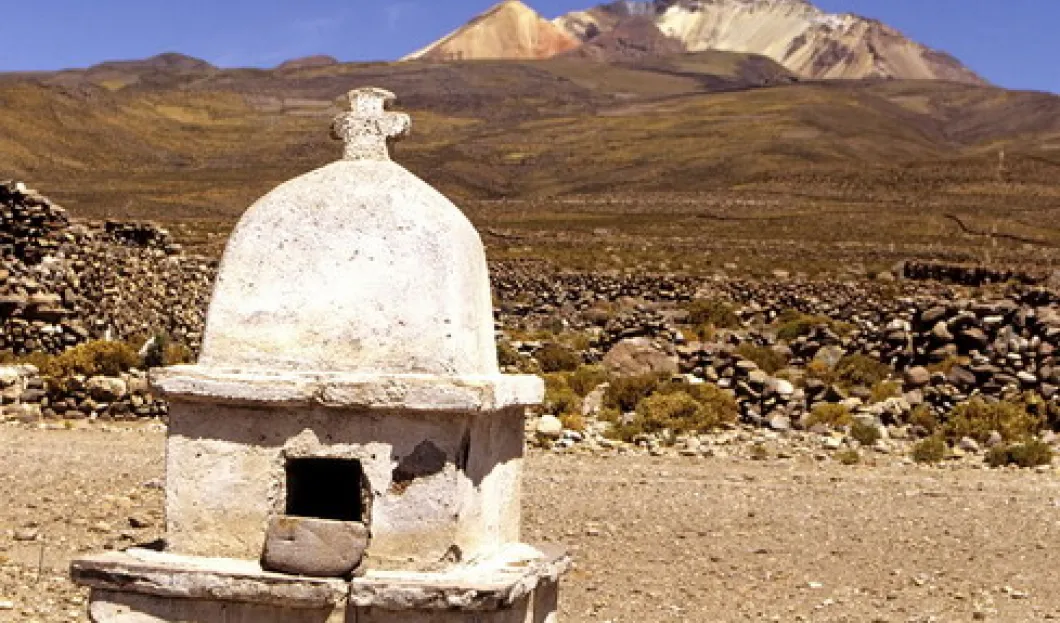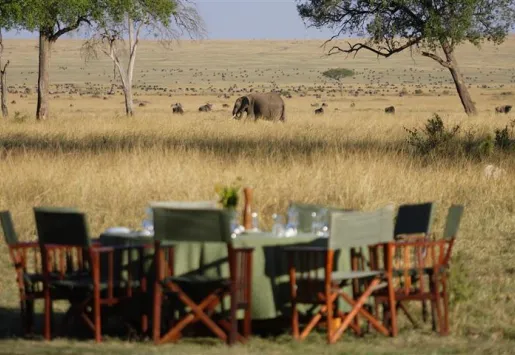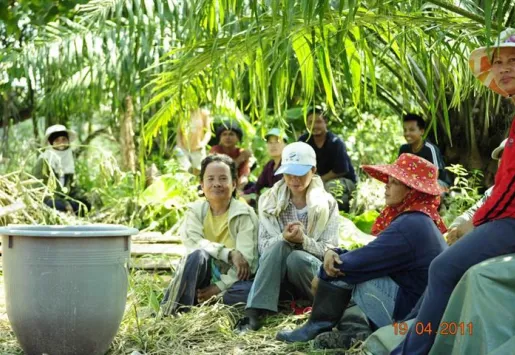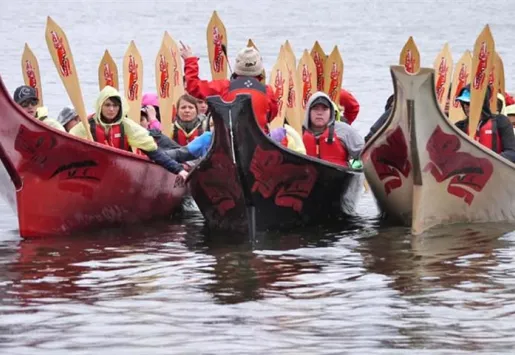
Bolivia sees tourism as a route out of extreme poverty. The Andean nation is well-known for its poverty, with typical family earnings around hundred am. dollars per month. This applies to around 70% of the whole nation. Bolivia boasts some of the world’s most beautiful national parks, which are funded mostly privately due to the lack of money. However, the government has stated its plans to invest around $200 million over the next 5 years to enhance the tourism industry, thus reducing levels of poverty.
Tourism is currently the country’s 4th most important industry, behind gas, hydrocarbon by-products and soy. If all goes to plan, tourism could become number 1 on the list.
The focus of the campaign is ‘authenticity still exists’. This is clearly an attempt to make people think that Bolivia is an untouched paradise. In many ways, this is true. The country is situated in the Amazonian, Andean and Pampa regions. Tourists are attracted by Jesuit missions, salt marshes, coloured lagoons and Lake Titicaca, all of which have never been affected by tourism. There is certainly a great natural appeal, something which is the central point of Bolivian tourist marketing.
Some of Bolivia’s national parks are stunning. Indeed, 15.6% of the total land mass is covered by such beautiful areas. The Amboro national park, near Santa Cruz, has over 800 species of birds. The Madidi park, north of La Paz, contains over 11% of the world’s flora and fauna. These attractions are barely known of outside of South America, n unfortunate fact, which the government aims to change in the near future. The campaign has so far yielded a certain amount of success as Bolivia welcomed 21.4% more foreign visitors in 2006 than in 2005. There is no reason why this figure should not continue to rise.











